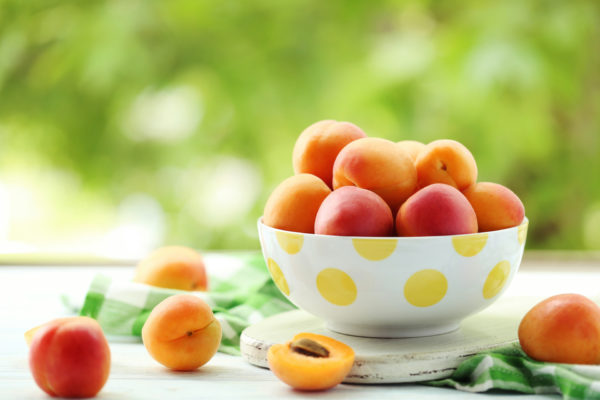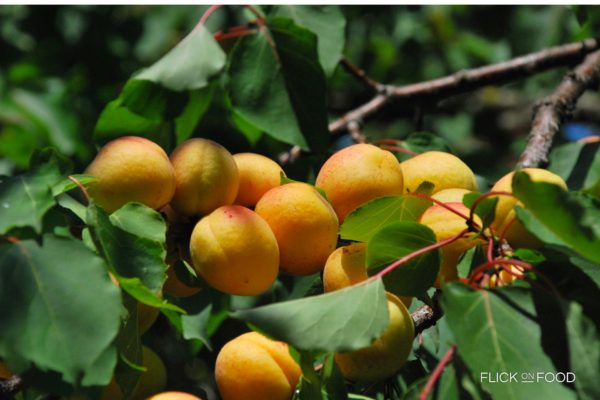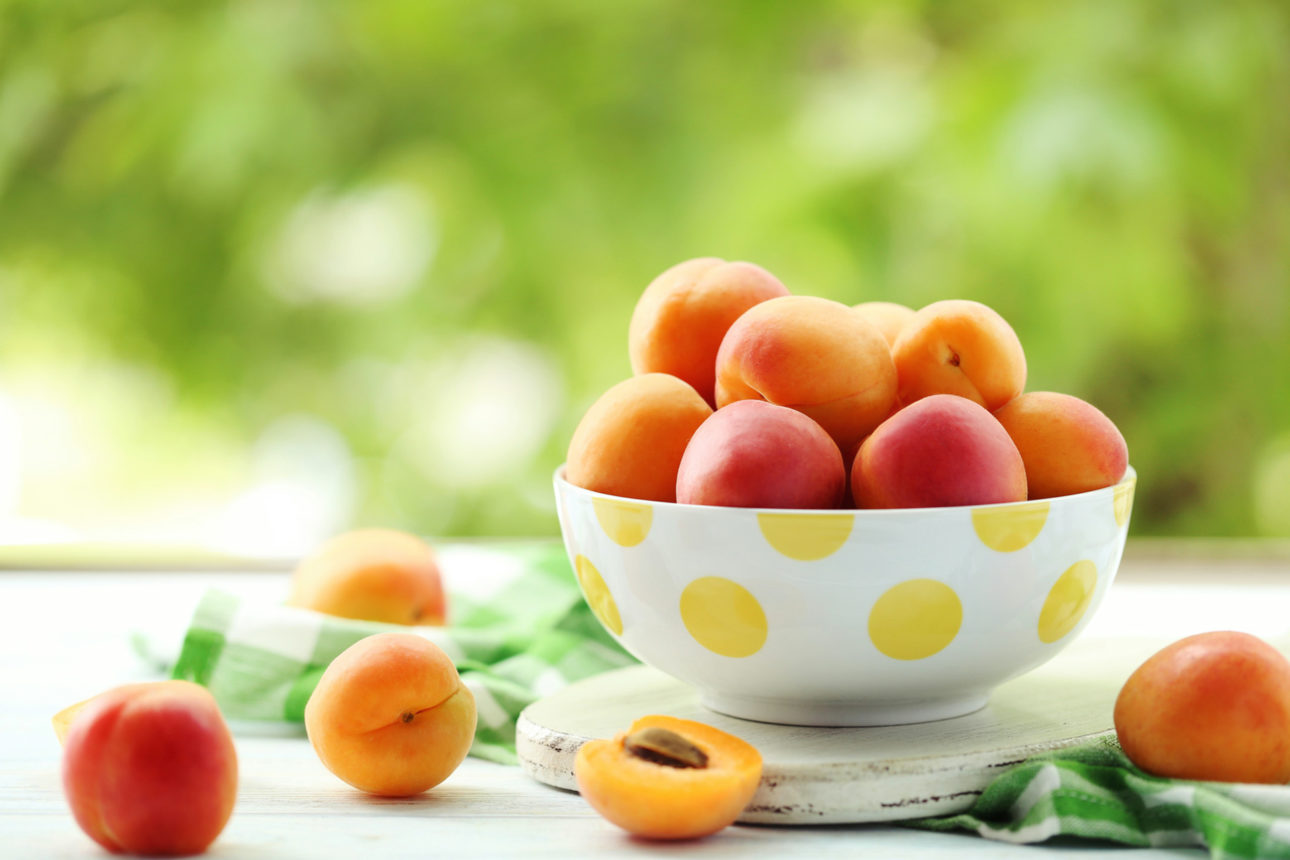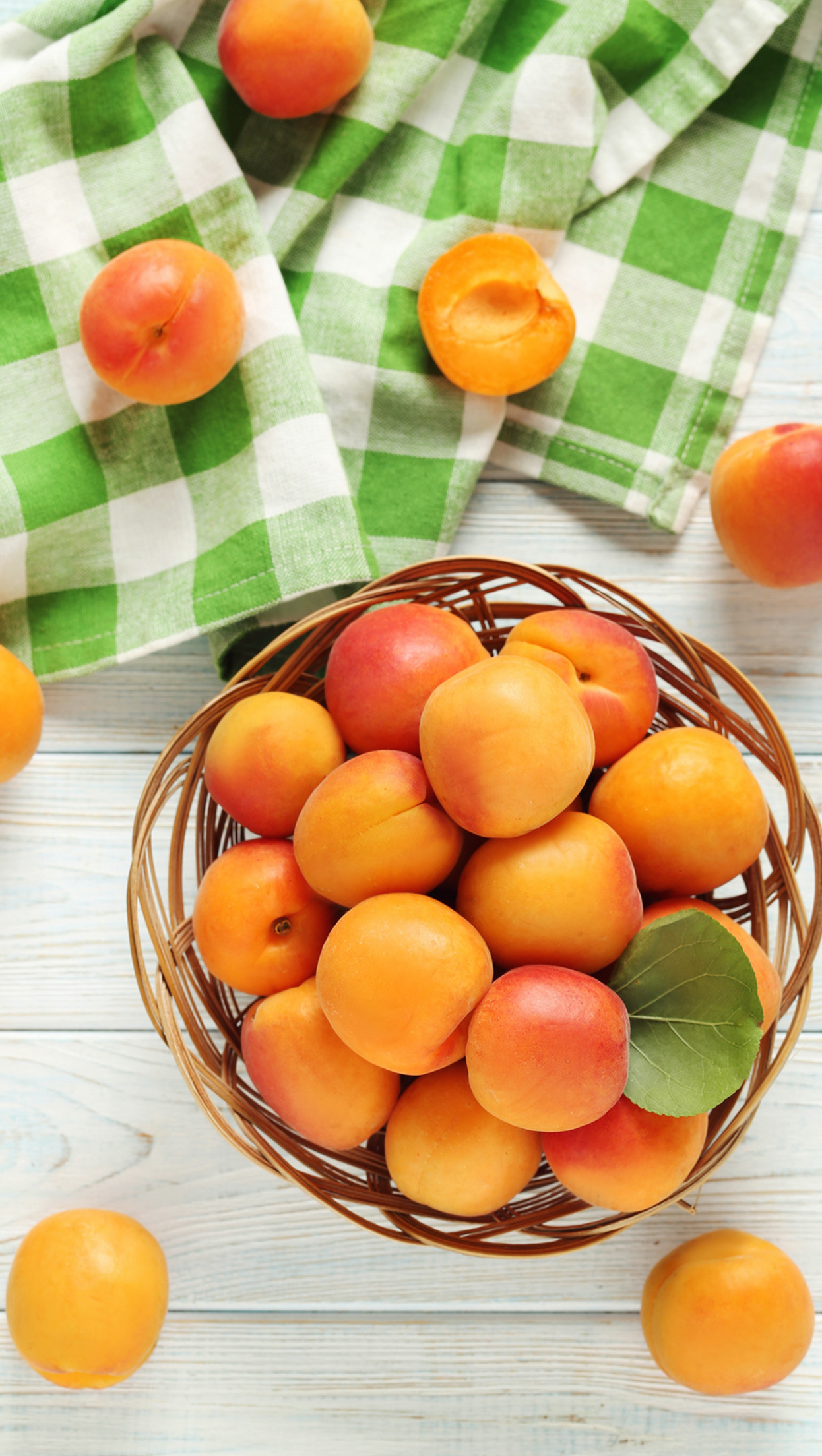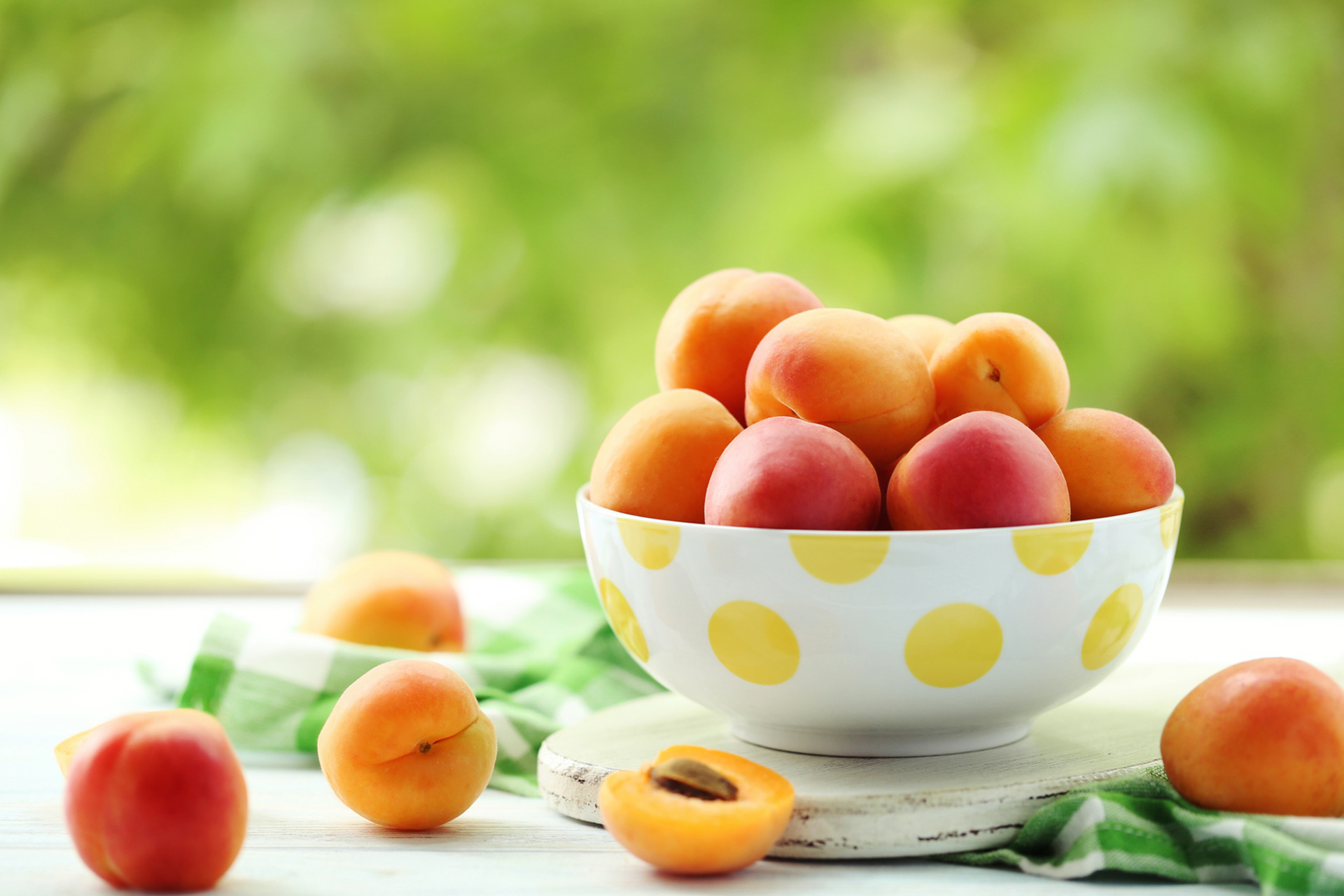
To make a top notch filling for a Sacher torte, the secret is Vesuvian apricot jam.
Origin
The vesuvian apricot (Protected Geographical Indication) is a variety that originated in Greece. They look to have been introduced in Italy by the ancient Romans, who cultivated the first examples in the fertile valleys around mount Vesuvius. The ancient origins of this apricot were documented in writings of Plinius the Elder in the first century AD. They also come up in a 1583 document by Neapolitan scientist Gian Battista Della Porta, who described their cultivation and differentiated between the Bericocche, a rounder type with white flesh, and the Chisomele, with sweet yellow flesh.
In time, The term Chrisomole became the common name for apricots in the Naples dialect. It should be noted that the denomination Vesuvian apricot actually refers to about 100 local varieties, all grown around Vesuvius National Park. Of these, the most well known varieties are the Pellechiella for their sweetness, and the Vitillo, for their tartness. The Vesuvian apricot’s sumptuousness comes down to the duration of the harvest. It lasts 40-60 days, from the first 2 weeks of June until the last week of July.
Cook it
The best way to enjoy the Vesuvian apricot is just as nature intended. Keep them in a cool place, but don’t refrigerate them. The fact that they’re so delicate is the reason they’re often used to make juice. But a part of the harvest is set aside to be dried, candied or made into jam.
Pastry chef Alfonso Pepe created a variation of panettone, the classic Christmas dessert, by making a summery version stuffed with Vesuvian apricots. And it’s not just for sweets: their slight tang makes apricots a perfect ingredient for sauces and accompaniments for red meat. Luigi Acciaio, 5th generation pizza maker and president of the Associazione Pizza Napoletana Gourmet, is known for his dessert pizza made with Vesuvian apricots.
Did you Know that?
Vesuvian apricots are an yellow-orange color with a velvety skin. The best ones have small red spots, almost like freckles. Lots of varieties have very interesting names like boccuccia, pellecchiella, vitillo, cafona, vicienzo e’ maria. They’re the results of carefully planned selection that farmers have engaged in over the centuries in order to obtain the finest fruit possible. Chrisomele, which get their name from the greek chrisomelos (golden apple), have pulp that doesn’t cling to the pit, and are sweet and aromatic. These characteristics stand out in the typical dessert ‘pasticciotto vesuviano’, which is filled with Vesuvian apricots–unlike the Neapolitan version of pasticciotto, which is made with a black cherry filling. Apricot pits are also used by the best pastry chefs as a flavor extract because of their tangy aftertaste.



